Faun playing the flute
Carrara marble, alt. cm 57,5
The young satyr is depicted playing the flute, as can be seen from the shape of his lips. The figure, standing up with the weight on the right leg, is unbalanced on the left by the strong inclination of the opposite hip and rests on a trunk present to his left. The body is only partially covered by a ferina skin which, knotted on the right shoulder, crosses diagonally the chest and lies down on the trunk. The legs are crossed, the left is stretched while the right is flexed and overturned on the other. The hair is composed of thick, disjointed curls. On the forehead are visible two small horns that blend with the hair. The figure of the satyr is presented softly, it no longer has any of the caprine characteristics that distinguish him in much ancient iconography. Even the small horns are barely hinted and covered by the messy hair. The model of the statue certainly coincides with the Fauno playing the flute in the Galleria Borghese in Rome: the marble statue is probably a Roman replica of a Hellenistic original: clear are the influences, both at the level of technical iconography, the production of the great sculptors of the fourth century Praxiteles (Pliny the Elder in his writings refers to a sculpture of a satyr playing the flute own hand of Praxiteles) and Lysippus. The relaxed attitude of the figure and the use of a supporting pillar would suggest a practical inspiration, while the three-dimensionality underlined by the crossing of the arms on the torso, which expresses an overcoming of the classical weighting, Let the hand of lisippee maestranz assume.
















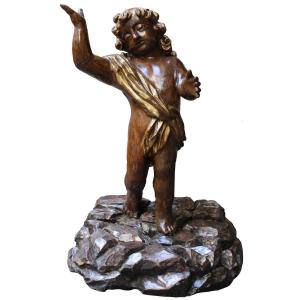

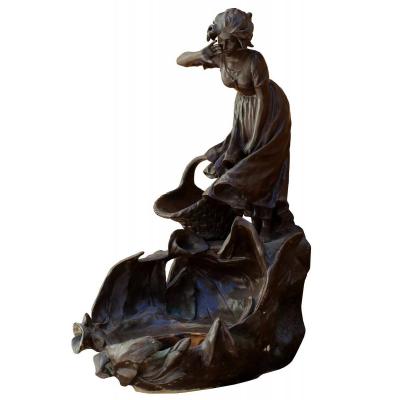

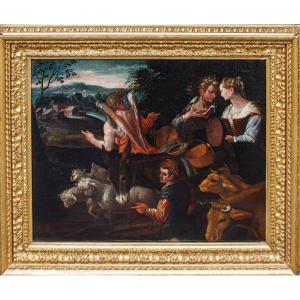






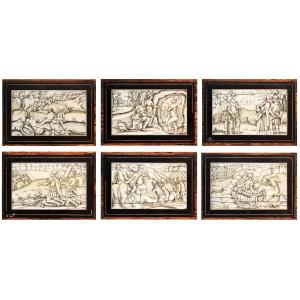

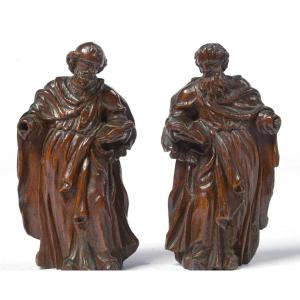


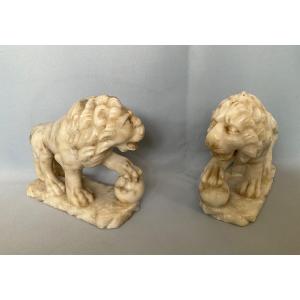
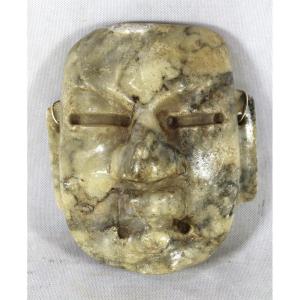




 Le Magazine de PROANTIC
Le Magazine de PROANTIC TRÉSORS Magazine
TRÉSORS Magazine Rivista Artiquariato
Rivista Artiquariato